Celebrate World Migratory Bird Day (WMBD) with us in our virtual “Birds Connect Our World” edition! Have fun learning about a new migratory bird every day. We have colouring pages, puzzles, activities, and more. Download for free and enjoy nature with your family at home. This week we are also celebrating World Shorebirds Day and Global Shorebird Count (3 to 9 September). 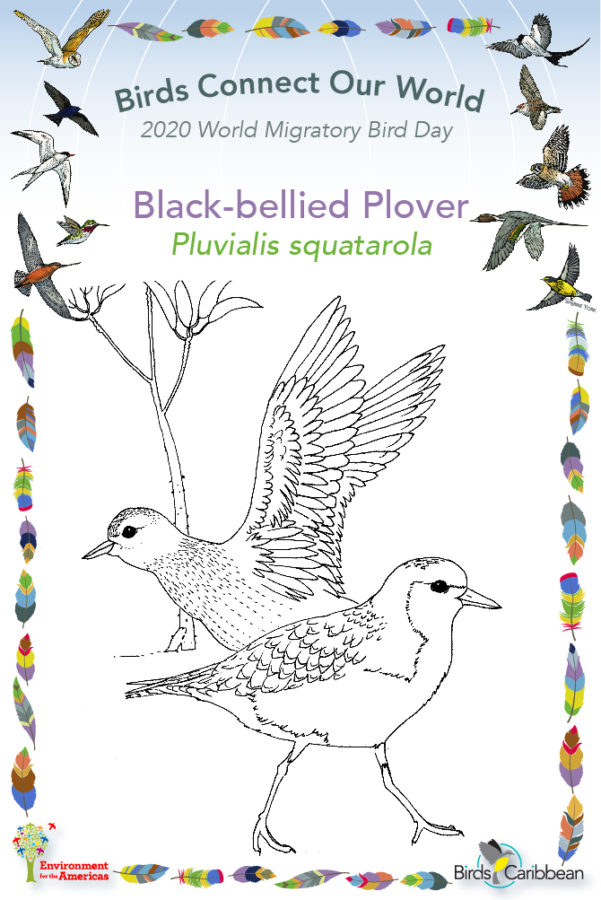
Migratory Bird of the Day: Black-bellied Plover
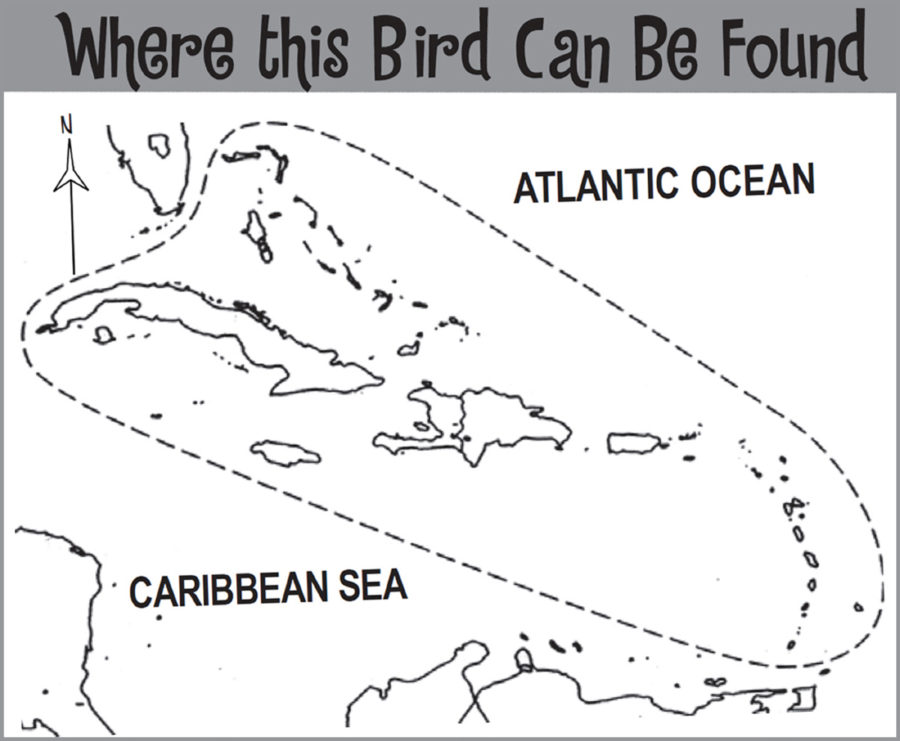 This stocky looking shorebird gets its name from its breeding plumage, when it has a striking black chest, face and belly. When we see it on its journey south there might still be traces of this black, but by winter it has all gone, and birds look a bit plain and grey. In fact, in some parts of its wide range this species is called a ‘Grey Plover’, but look out for their black ‘wingpits’ when they fly – this will help you clinch the ID. Black-bellied Plovers breed mainly in the Arctic but come south for the winter. They pass through the Caribbean on their way to their wintering areas even further south, although some stay for the winter on our beaches. Scientists have tracked their migration south, and found plovers can fly incredibly long distances over water. One bird made its way all the way from Newfoundland, Canada to the coast of Brazil in a single flight! As birds make their way south in autumn they can mainly be found on mudflats and beaches. Black-bellied Plovers tend to feed ‘alone’ and not in a flock with other Black-bellied Plovers. They feed by sight and can be seen making short runs across the mud, then stopping to pick up a tasty worm, snail, or perhaps a crustacean. Listen for their loud mournful sounding whistling calls. Learn more about this species, including its range, photos, and calls here.
This stocky looking shorebird gets its name from its breeding plumage, when it has a striking black chest, face and belly. When we see it on its journey south there might still be traces of this black, but by winter it has all gone, and birds look a bit plain and grey. In fact, in some parts of its wide range this species is called a ‘Grey Plover’, but look out for their black ‘wingpits’ when they fly – this will help you clinch the ID. Black-bellied Plovers breed mainly in the Arctic but come south for the winter. They pass through the Caribbean on their way to their wintering areas even further south, although some stay for the winter on our beaches. Scientists have tracked their migration south, and found plovers can fly incredibly long distances over water. One bird made its way all the way from Newfoundland, Canada to the coast of Brazil in a single flight! As birds make their way south in autumn they can mainly be found on mudflats and beaches. Black-bellied Plovers tend to feed ‘alone’ and not in a flock with other Black-bellied Plovers. They feed by sight and can be seen making short runs across the mud, then stopping to pick up a tasty worm, snail, or perhaps a crustacean. Listen for their loud mournful sounding whistling calls. Learn more about this species, including its range, photos, and calls here.
Colour in the Black-bellied Plover!
Download the page from Migratory Birds of the West Indies Colouring Book. Use the photos below as your guide, or you can look up pictures of the bird online or in a bird field guide if you have one. Share your coloured-in page with us by posting it online and tagging us @BirdsCaribbean @WorldShorebirdsDay #WMBD2020Carib #WorldShoreBirdsDay
Listen to the call of the Black-bellied Plover
The Black-bellied Plover’s call is a single plaintive klee and also a klee-a-lee.
Puzzle of the Day
Click on the images below to do the puzzles. You can make the puzzle as easy or as hard as you like – for example, 6, 8, or 12 pieces for young children, all the way up to 1,024 pieces for those that are up for a challenge!
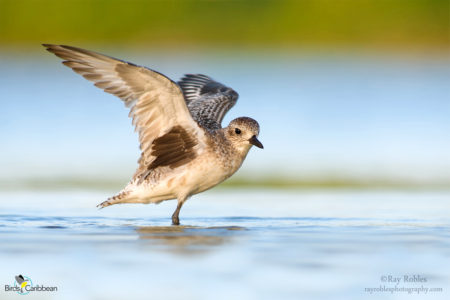
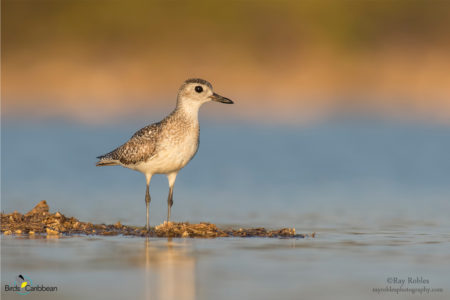
Activity of the Day
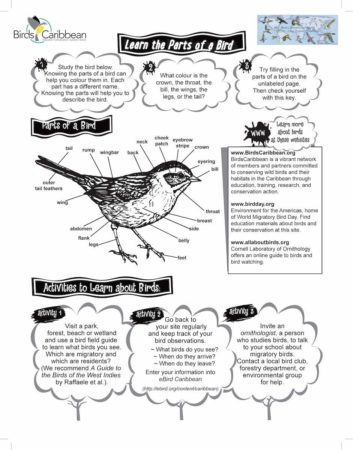 FOR KIDS: When you know the parts of of a bird, you can draw it and describe it. Learning the parts can also help you colour them in. Each part has a different name. Study this sheet first with the names of the bird parts filled in on the page. Then try your hand at filling in the parts on this sheet – how many can you remember? FOR KIDS AND ADULTS:
FOR KIDS: When you know the parts of of a bird, you can draw it and describe it. Learning the parts can also help you colour them in. Each part has a different name. Study this sheet first with the names of the bird parts filled in on the page. Then try your hand at filling in the parts on this sheet – how many can you remember? FOR KIDS AND ADULTS:
- Visit a pond, wetland or nearby beach and see how many different shorebirds and waterbirds you can find and identify. Use a bird field guide or the FREE Merlin bird ID app to help you identify the birds you are seeing.
- If you’re able, do a count of the species that you see – learn more about counting waterbirds and the Caribbean waterbird Census at this link. Learn more about World Shorebirds Day and the Global Shorebird Count (September 3 to 9, 2020) at this link.
- Enjoy the two videos below of a Black-bellied Plover in the wild! In the first video, the bird is in its grey winter plumage, feeding on some mud and finding a juicy worm to eat. The second video shows a Black-bellied Plover in the autumn, showing some patches of the black which give it its name. This bird is moulting into winter plumage, when it will become completely pale on its chest and belly by winter.
- Visit MigratoryBirdDay.org for many more free activities and resources to learn about migratory birds, their threats and conservation actions you can take.
